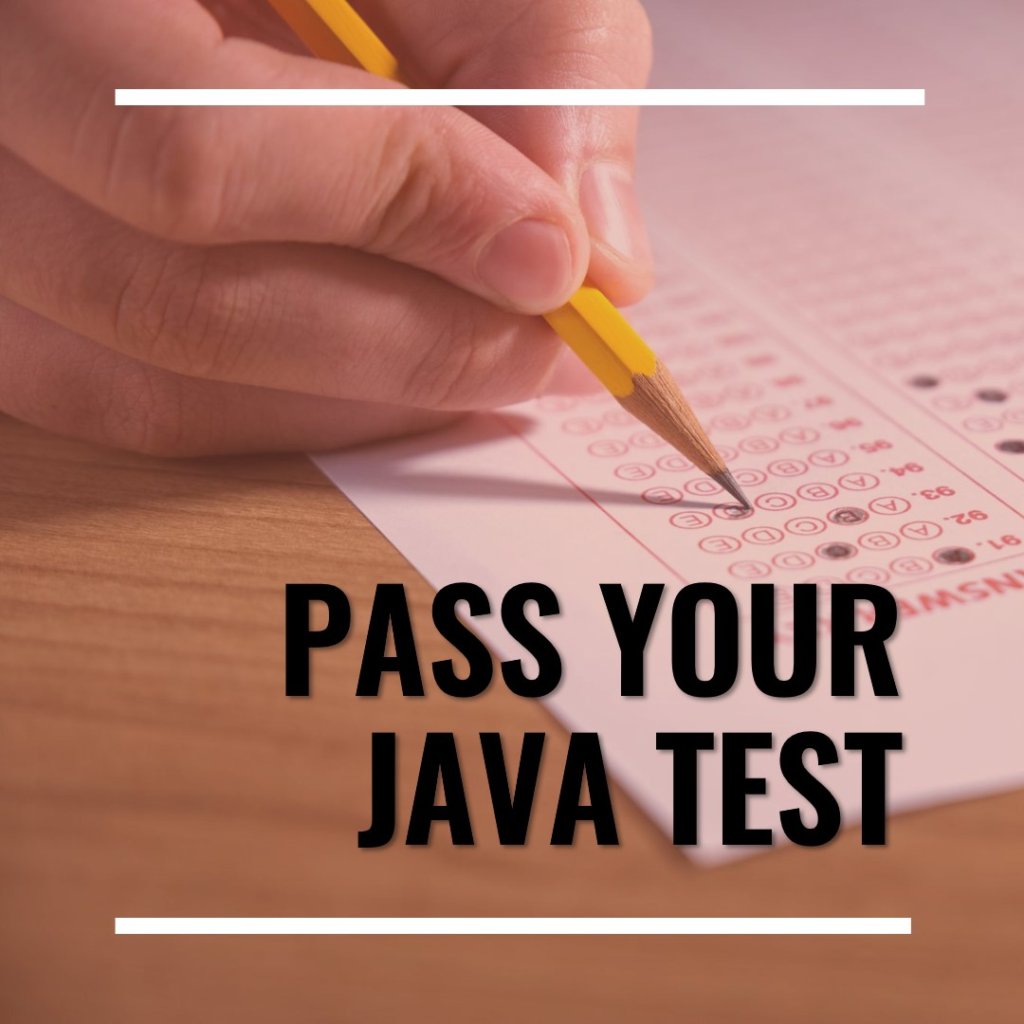Java Basics: Understanding Variables and Data Types
Java is a versatile and widely-used programming language that forms the foundation of many modern applications. For beginners, understanding variables and data types in Java is crucial, as they are fundamental concepts that underpin all Java programming. In this blog post, we’ll explore the basics of variables and data types, providing a solid starting point for your journey into Java programming.
What are Variables in Java?
Variables in Java are containers that hold data. Each variable has a specific type, which determines what kind of data it can hold. Variables must be declared before they can be used, and their type must be specified. Here’s a simple example:
int myNumber; // Declaration
myNumber = 10; // InitializationIn this example, int is a data type that specifies that myNumber can hold integer values.
Types of Variables
- Local Variables: Declared inside a method and accessible only within that method.
- Instance Variables: Declared inside a class but outside any method, representing the attributes of an object.
- Static Variables: Declared as static and shared among all instances of a class.

What are Data Types in Java?
Data types in Java define the type of data that can be stored in variables. Java is a strongly-typed language, meaning that each variable must be declared with a data type. Data types in Java are categorized into two main groups:
- Primitive Data Types: These are the most basic data types in Java and include:
- byte: 8-bit integer
- short: 16-bit integer
- int: 32-bit integer
- long: 64-bit integer
- float: 32-bit floating point
- double: 64-bit floating point
- char: Single 16-bit Unicode character
- boolean: Represents true or false
- Non-Primitive Data Types: These include objects and can be defined by the user:
- String: A sequence of characters
- Arrays: A collection of similar data types
- Classes: User-defined data types
- Interfaces: Abstract data types
Working with Variables and Data Types
To work with variables and data types, you need to understand how to declare, initialize, and use them in your Java programs. Here’s a simple example that demonstrates these concepts:
public class Main {
public static void main(String[] args) {
int myNumber = 25; // Declaration and initialization
double myDouble = 5.75;
char myChar = 'A';
boolean myBool = true;
System.out.println("Integer: " + myNumber);
System.out.println("Double: " + myDouble);
System.out.println("Character: " + myChar);
System.out.println("Boolean: " + myBool);
}
}Conclusion
Understanding variables and data types is the cornerstone of mastering Java programming. By grasping these basics, you set a solid foundation for more advanced topics and practical applications in Java. Remember, variables store data, and data types define the nature of that data. As you continue to learn and practice, you’ll find these concepts becoming second nature, allowing you to write more efficient and error-free code.
If you found this guide helpful, be sure to explore our other Java programming tutorials to deepen your knowledge and skills. Whether you’re a beginner or looking to brush up on your basics, our resources are designed to help you succeed in your Java programming journey. Stay tuned for more insightful content and happy coding!